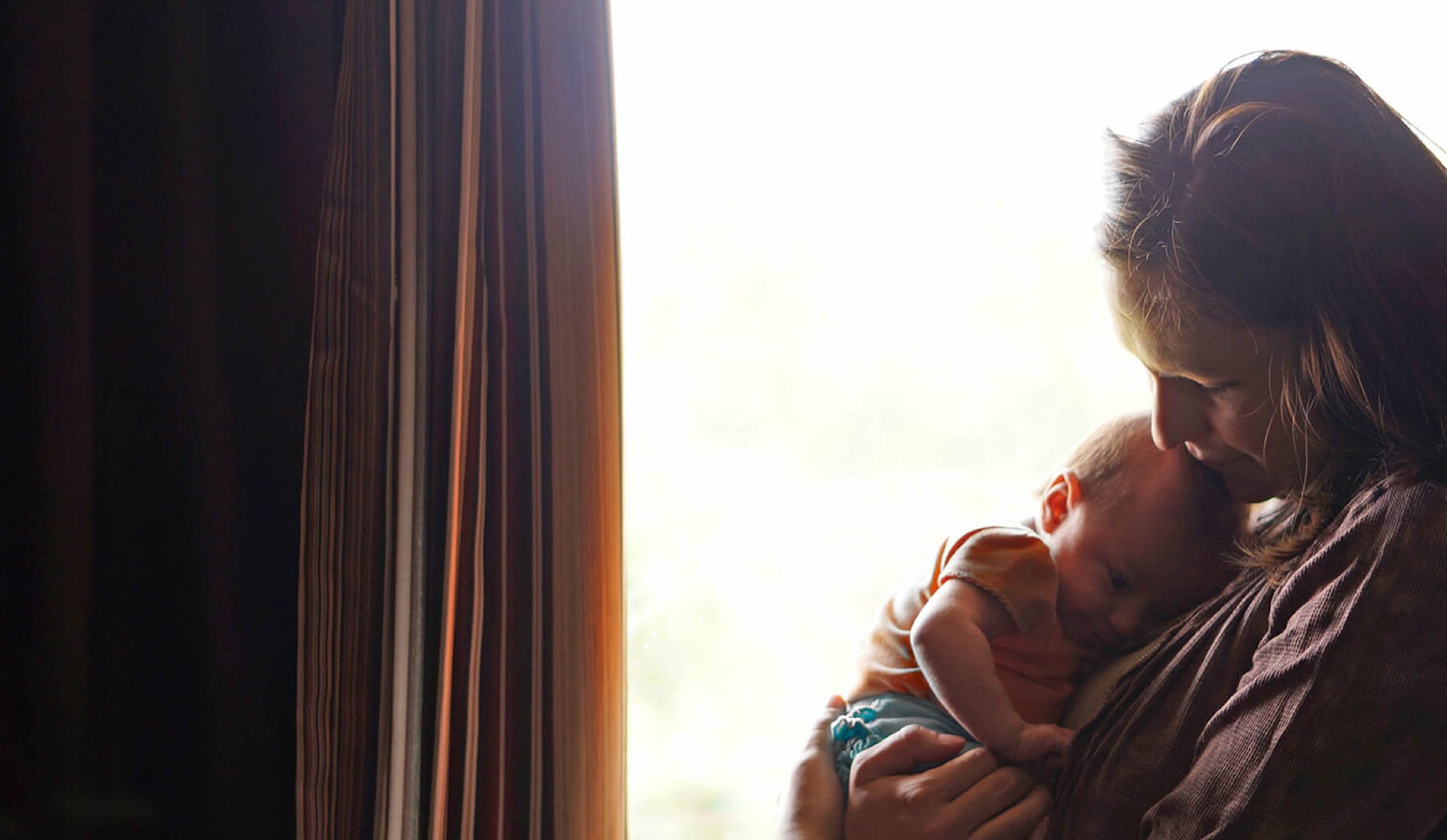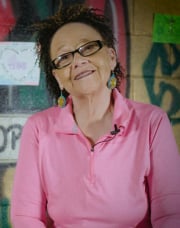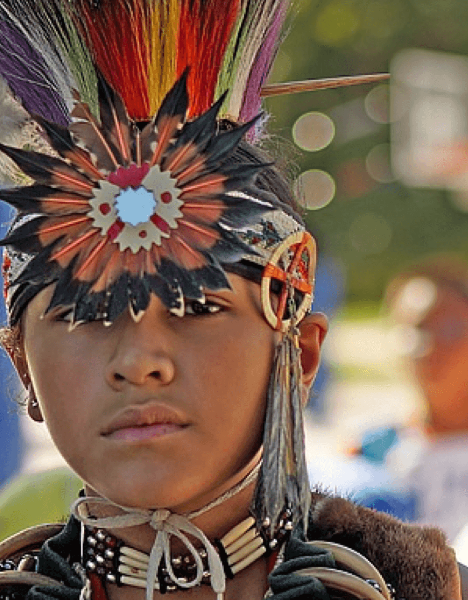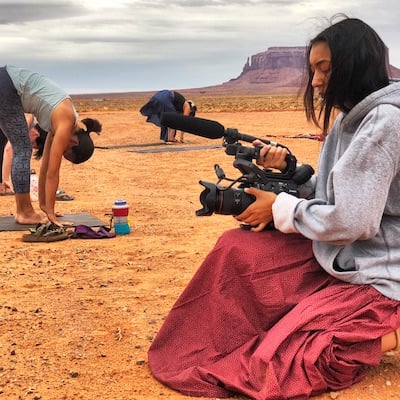The Restoration of Native American Life and Culture
Building a Hopeful Future


The mountain symbol comes from the Cherokee Tribe and is used here to represent the notion of “challenges.”

OUR FUTURE
Looking Forward with Hope
Across the country, there are signs of hope transforming the lives of Native Americans. A new wave of Native voices is rising up and claiming back their own stories and the stories of their ancestors.
This new wave of leadership, hope, and healing is centered around the sharing of powerful stories. Why storytelling?
Because telling stories of Native struggle and Native strength is a powerful catalyst for unity, generational healing, and personal growth.
Experts like Dr. Maria Yellow Horse Brave Heart who study the impact of historical trauma on Native Americans also talk about the process of moving forward from historical grief:
First is confronting the historical trauma. Second is understanding the trauma. Third is releasing the pain of historical trauma. Fourth is transcending the trauma.
— Dr. Marie Yellow Horse Brave Heart
In this new season of hope, Native people are working through the process of confronting, understanding, and releasing the pain they, their parents, and their grandparents have all carried, and they are doing it by sharing stories about where they are coming from and where they hope to be in the future.
This sharing of stories is a rediscovery of what it means to be Native in the 21st century. Using new tools for connection and powerful digital media, Native people are honoring the old oral traditions of indigenous peoples and breaking down barriers to healing through their story sharing.
This new effort to share Native stories invites both Natives and non-Natives into a process of listening, learning, empathizing, and reflecting on the lives and journeys of others.
In this digital resource, we share glimpses of the hopeful revitalization we are seeing in every area of life and share stories about the courageous and vulnerable Native leaders who are leading the way forward to renewed courage and strength.
We believe in the power of storytelling to dismantle barriers, bring healing, and inspire hope for native people.
Stay connected and read more stories.
CHAPTER 1
How Modern Native Americans Are Reclaiming Family Values
One of the most powerful forces for change in the life of a family and a community is how parents decide to treat their children. Native Americans have been dealing with the consequences of broken relationships and neglectful or abusive parenting for too long. Today, brave young Native mothers and fathers are choosing to give up these cycles out of love for their children and their futures.
This generation of parents is turning back to the wisdom and customs of the traditional way of life and finding power in the old ways of doing things. They are realizing that their children need a sense of pride, honor, and positive identity associated with being Native American in order to avoid the dangers of depression, addiction, and suicide. Part of this comes from knowing more about ancestry and heritage.
It also comes from seeing yourself as an important part of your tribe and community. Extended family networks continue to be a part of Native American life in a way that most Western people do not experience. Many Native children are raised by grandparents, uncles, cousins, or some combination of these relatives, often all living under the same roof in a single-family home. Children grow up seeing themselves in the context of a web of support beyond just their parents and siblings. This has been very important for many Native children especially if their biological parents have given into abusive or addictive patterns of living.
Psychologists and psychiatrists that work with Native American communities are taking advantage of these natural family systems and working on developing interventions that focus on community level support and healing. A strong sense of cultural identity has been shown to be a powerful protective factor that keeps young people from developing depressed or suicidal patterns.



Inspiring Mothers
These three mothers are breaking cycles of addiction and supporting the lives of others out of love for their children and their communities. Here are their stories.

A PORTRAIT OF HOPE
Jaime feels blessed with the opportunity to help Native Americans overcome their struggles with addiction and other issues.

in the eye of the hurricane
Native Hope Fellow, Tiny DeCory, helps young people overcome the challenges of poverty, trauma, and hopelessness.

the fire within her
Brandi Eastman Decoteau ignited the initial flame of the Sacred Fire in Sisseton on November 22, 2017.


CHAPTER 2
Youth Empowerment: The Next Generation of Natives is Rising Strong
There is a resurgence happening for today’s Native American youth. Increased awareness about mental health challenges and greater appreciation in the wider culture is helping Native youth step into their struggles and successes and own their identity.
There is also a larger sense of hope stirring in this generation of Native Americans. An ancient prophecy attributed to Lakota chieftain, Crazy Horse, predicts a time of great darkness and then the coming of the 7th generation, a generation that would initiate the political, economic, and social renewal of the Native American people.
Many types of organizations and individuals are rising up to encourage, inspire, and spread a sense of strength in today’s Native youth. Urban Native Era, a clothing company, describes itself as “a collective youth striving to create a vision and voice for 7th generation Native America by reclaiming our traditional knowledge and identity in a rapidly changing world; simultaneously redefining what it means to be indigenous and free.” Media outlets like Native Max Magazine give a new face and prominence to news about Native figures and Native events. Artists like Frank Waln and A Tribe Called Red are showing the whole world what it can look like to be influenced by Native music and are drawing attention to the experience of growing up Native through their music.

READ OUR RECENT BLOG
“People like Native Hope Fellow, Tiny DeCory, work every day to inspire and strengthen today’s youth on reservations. Learn more about her life and work in our recent blog post”
At Native Hope, we strive to empower Native youth and encourage them to be strong and to dream big. There are many signs of the good things happening for the youth of today. Today’s young people are inspired and working hard to be a force that reclaims what it means to be powerfully indigenous
The Power of Storytelling
It could mean the difference between a total loss of interest in education and a powerful desire to be a life-long learner.
It could mean the difference between a life destroyed by addiction and a life spent helping others heal.
It could mean the difference between abandoned children and broken families and a strong, thriving community that leans on each other.
We believe stories are THAT powerful.
CHAPTER 3
Breaking Down Barriers to Native American Health and Wellness
A health and wellness movement is also sweeping through Indian country due to the inspiration of powerful Native voices.
Exercise
Former Native Hope fellow, Waylon Pahona, is one of the leading figures challenging Native Americans to rediscover physical strength and achieve holistic mind-body healing. His Facebook group, Healthy Active Natives, has over 75,000 members and continues to grow daily. This group supports and challenges Native Americans to prioritize healthy habits of eating and exercise and to do so in a way that is true to Native roots and values.
Traditional Forms of Eating
Many efforts are springing up to encourage Native Americans to return to more traditional forms of eating as part of the effort to address the health issues like diabetes and heart disease that are dramatically impacting the Native population. One huge challenge for Natives living on reservations is the inaccessibility of healthy food sources. In some cases, the nearest modern grocery store with fresh produce and meats may be hours away. Even on reservations with nearby grocery stores, families still cannot get to them because they do not have a means of transportation. This means convenience type stores end up supplying much of the diet on reservations.
However, tribal leadership is working to address these challenges and the growing popularity of Native American food in popular culture is helping. Restaurants, food trucks, and cookbooks are beginning to be centered around traditional Native foods. Nonprofits like Dream of Wild Health and the Native American Food Sovereignty Alliance are working to recover Indigenous food systems and the cultural memory of how food is farmed, prepared, and consumed.
Holistic Medicine
Native American traditional healing is characterized by an emphasis on the whole person. Herbal remedies, ceremonies, prayers, and the inclusion of the family in the healing journey are all part of the Native tradition of medicine and are maintained in some form to this day. The loss of Native languages have been a major blow to the oral traditions of healing which were passed down through the old language, but many of the old remedies have been preserved and are still being used with great success. Traditional healers believe that culture itself is medicine for a Native person and have shown that combining modern medicine with traditional healing produces better health outcomes for Natives than modern medicine alone.

READ OUR RECENT BLOG
Be Indigenous Yoga Inspired: Haley's Healing Journey



.jpg)

CHAPTER 4
The Revitalization of Native American Life and Culture
I knew growing up that at some point I was supposed to be the things I learned in the stories: compassionate, honorable, and brave, and so forth. I knew this because the storytellers lived the lessons they imparted in their stories, and practiced what they preached: they were compassionate, they were honorable, and they were brave and wise.”
— Joseph Marshall
These words from the famous Lakota author, Joseph Marshall, communicate something of the power of the stories we hear as we grow up. The stories we grow up hearing about our parents and grandparents, about the world and how it came to be, about our communities, about what makes for a good life shape our minds and imaginations. These stories shape the size and scope of our dreams for ourselves and what we can achieve.
In the revitalization of culture that is taking place across Indian country, one of the most important aspects is the creation of spaces that can celebrate the Native American story in a rich and full way from a Native perspective. More and more young people are learning the languages of their tribes. Sites like Wisdom of the Elders are serving as places for cultural preservation and memory. One of the most exciting initiatives taking place that focuses on sharing the story of a culture is the effort to create the Lakota Dream Museum and Monument in the sacred Black Hills of South Dakota.
“Indigenous Peoples have long been denied their histories, their traditional territories, and access to thousands of their sacred sites. The Lakota Dream Museum and Monument aims to be the first Native owned and operated museum and cultural education center that will facilitate the return and long-term protection of sacred artifacts that were stolen or otherwise unjustly taken from Indigenous Peoples. As the only museum of its kind, we will honor the living memories of Indigenous peoples by providing cultural, social, and educational programs grounded in the oral traditions and traditional knowledge systems unique to their communities.”
- The Lakota Dream Museum vision
These types of projects are providing fresh hope and inspiration for the coming generations.
Over the centuries, Native American warriors (akicita) protected their people and helped in times of strife.
CHAPTER 5
Taking a Stand for the Land: Native Americans and Environmental Issues
As a culture, Native Americans have long embraced an attitude of reverence toward the sacred life of the earth and all its creatures. What most people now consider innovative and progressive sustainability principles are just part of how Native people have always thought about their place in the cosmos.
An ancient Native American proverb states it simply: "Treat the earth well—We do not inherit the earth from our ancestors; we borrow it from our children."
As more and more Americans begin to share the Native concern for the health of the earth, there is progress being made. The recent controversy over the Dakota Access Pipeline marked a great moment of unity for Native American peoples: it was the first time the Oceti Sakowin (The People of the Seven Council Fires of the Sioux Nation) had come together for a cause in decades. The cause was the preservation of sacred burial ground and the preservation of the living water of the Missouri River.
The NoDAPL movement showed that there is a new sense of unity and purpose shared between Native people with regard to their ancestral land and to the health and unity of the whole of Mother Earth. Many Native Americans are fighting for greater freedom with respect to their tribal lands and are questioning and challenging the broken promises of the federal government with respect to property rights and access to ancestral resources. This movement will continue to grow as Native Americans find renewed strength to work together on environmental and cultural land issues.
Learn more about an inspirational young Lakota woman who is fighting for her people’s land: The Voice of a Generation: Bobbi Jean Three Legs.




You Can Help!
Be part of the change and help Native Americans protect their sacred land.




CHAPTER 6
The Challenge and the Hope: Will You Join Us?
There is a healing journey taking place in Indian Country today even in the midst of huge challenges. The recovery of tradition, the revitalization of important cultural elements, and above all, the sharing of stories about difficulty and hope is changing how Native Americans live and love.
The future of the Native American story is full of promise and hope, and it all begins with stories.
Sharing stories of what it means to be a Native American is helping strengthen the sense of purpose and identity, and the work and example of people like our Native Hope Fellows are saving lives. Storytelling could mean the difference between a life cut short by suicide and a life lived to its full.
Our healing begins with storytelling.
And that’s why we tell stories.
Subscribe to our weekly blog, Voices of Indian Country, to receive our stories.








